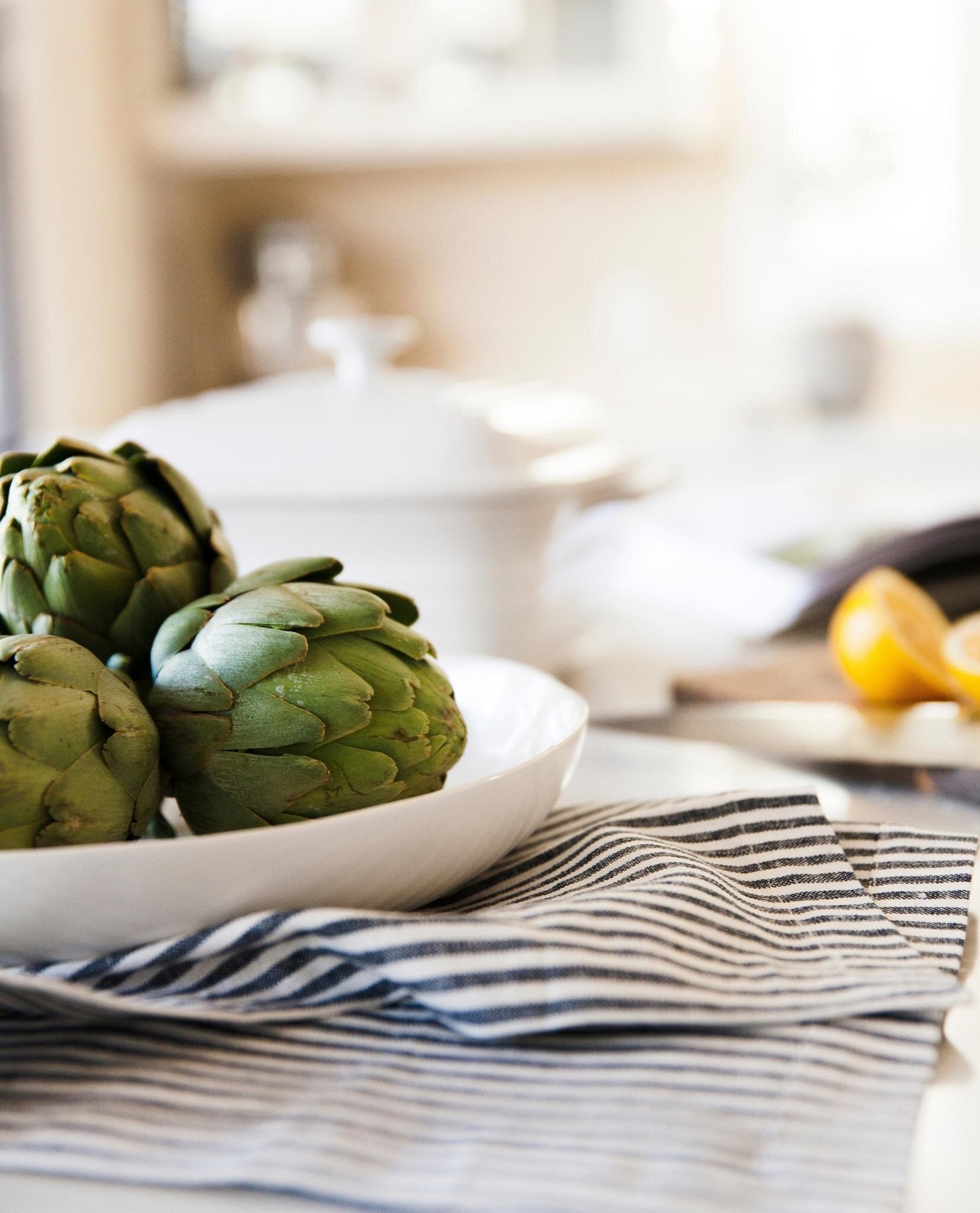The Art of Letter Writing: A Practice in Hospitality
/SHANNON MESSINK
“She gives of her best everywhere adding a touch of generosity, tenderness, and joy of life.” -Pope St. John Paul the Great
PHOTOGRAPHY: MEL WATSON PHOTOGRAPHY AS SEEN IN MAGGIE AND RYAN’S VINEYARD BRUNCH WEDDING
As a bride, one of our obligations within marriage is to consider how we, with our husband, can practice hospitality. The task of letter writing is one I consider the greatest (and simplest) way to practice hospitality, regardless of living situation, financials, number of little ones, highest college-English course completed, or personality type.
Good Old “Snail Mail”
Complementary to the art of homemaking, letter writing provides an opportunity for our feminine genius and generosity to blossom. Whether it be a thank you note to a friend, a get well card to an elderly relative, or a Mass card to someone who recently lost a family member, all these instances provide a chance for us as wives – the heart of the family – to express God’s love, care, and mercy to those within our relational community.
The reason email, the internet, and social media have caught on so fast, aside from it’s obvious conveniences, is the human desire for making intentional, personal connections. As a child, if you had a pen-pal (do children today still have pen-pals?) or received the annual birthday card from Great-Aunt Jean, then you know what it feels like to be filled with anticipation at what awaits you when going to the mailbox or post office. This desire for personal, intentional, affirming words to and from another person is truly a gift.
Where to begin?
If the art of letter writing has piqued your interest, here are a few pointers on how to begin. Pull out that family calendar or that handy, old address book and start with your immediate family and friends. Is your best friend’s birthday coming up? Send her a card! The holidays are (always) around the corner; consider sending Easter, Thanksgiving, or Christmas cards to some of your closest friends and relatives.
Once you start , don’t stop with just these common occasions. Consider the events in people’s lives that are truly unique and meaningful and then go the extra mile to show that you are thinking about them. Engagements and wedding anniversaries, a new pregnancy or news of a miscarriage, reception of the sacraments, having a rough week, a Marian Consecration anniversary, the death of a family member, a move to a new town far from family–all of these occasions present opportunities of prayer for that special someone and a letter or even a Spiritual Bouquet card is one way to make tangible your prayers and kind thoughts.
I assure you that the response to this simple gesture will surprise you; in fact, it often encourages others to pick up this “dated” habit and you might even find a few surprises in your own mailbox!
Have Fun!
In the end, hospitality or letter writing is not meant to be a chore, have fun with it and start where you are comfortable. Get creative by printing your own address labels, adding stickers or stamps, or even crafting your own greeting cards. If you’re not at that point yet, there are a plethora of stores that sell sweet, fun, and personal stationary for you to use.
So try sitting down and writing to someone special in your life (even if it’s only to your husband). You’ll be gracefully affirmed for your thoughtful gesture.
About the Author: I am a cradle Catholic, wife to the most amazing husband ever, and mother to three little ones (the oldest of which awaits us in Heaven). My family and I reside in North Florida where we will soon be building a house and farming. I am an avid Eucharistic Adorer, servant of Mamma Mary, and love exploring the vast depths of our Catholic Faith and the feminine genius.






